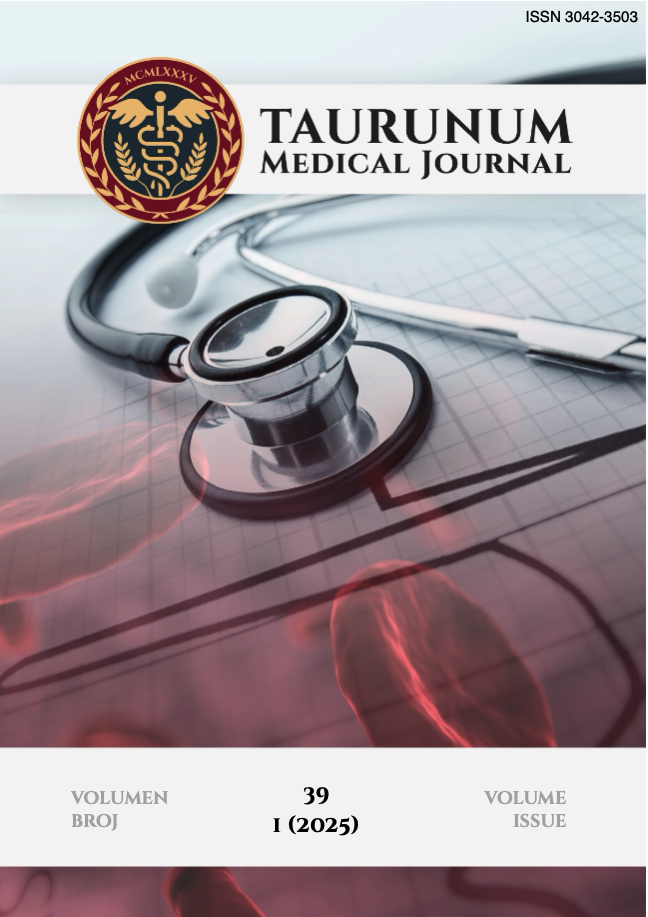
More articles from Volume 34, Issue 1, 2018
An immunohistochemical analysis of angiogenic profile in T1 bladder cancer with concomitant carcinoma “in situ”
Crosstalk between NCAM/FGFR and TGF-beta signalings: an in vitro study and evaluation of human kidney biopsies
Primary sinovial sarcoma of the lung - a case report
Hyperostosis frontalis interna: case report
Proliferation marker Ki-67 in early breast cancer
Article views
Lobular endocervical glandular hyperplasia vs. Minimal deviation adenocarcinoma: case report
Department of Pathology,Clinic for Gynecology and Obstetric, Clinical Centre of Serbia , Belgrade , Serbia
Department of Pathology,Clinic for Gynecology and Obstetric, Clinical Centre of Serbia , Belgrade , Serbia
Department of Pathology,Clinic for Gynecology and Obstetric, Clinical Centre of Serbia , Belgrade , Serbia
Department of Pathology,Clinic for Gynecology and Obstetric, Clinical Centre of Serbia , Belgrade , Serbia
Department of Pathology,Clinic for Gynecology and Obstetric, Clinical Centre of Serbia , Belgrade , Serbia
Department of Pathology,Clinic for Gynecology and Obstetric, Clinical Centre of Serbia , Belgrade , Serbia
Department of Pathology,Clinic for Gynecology and Obstetric, Clinical Centre of Serbia , Belgrade , Serbia
Published: 01.04.2018.
Volume 34, Issue 1 (2018)
pp. 41-41;
Abstract
Aim: Lobular endocervical glandular hyperplasia is very rare, differential diagnostic difficult entity, which often mimics more aggressive endocervical lesions, with worse prognosis. Introduction: Lobular glandular endocervical hyperplasia(LEGH) is benign lesion with lobular proliferation of endocervical glands and endocervical epithelium without or with minimal nuclear atypia. Lobular structure can be deep into the cervical tissue without stromal invasion, which is important difference between adenocarcinoma of minimal deviation(MDA), well-differentiated endocervical type of adenocarcinoma, similar to LEGH. Case report: The patient is 50 years, with demarcated, nodular, multicystic tumor, localized deep in cervical tissue. Microscopic analysis shows numerous cystically dilated endocervical glands with lobular presentation, surrounded by hyperplastic fibrous stroma. Glandular acini are diffusely localized, with centrally dilated acinus and peripheral smaller tubular structures. Glands are without the presence of architectural changes and cytonuclear atypia, with uniform, endocervical epithelium.Immunochemical analysis showed:CEA- /CA125focal /p16 focal /Er and Pr focal epithelium, diffusely in stroma. Because structures were described deep in the cervical tissue, MDA is considered diagnostically differential. However, glands do not show signs of distortion(architectural atypia), which is important feature of this entity, as well as no pronounced surrounding desmoplastic stromal reaction. Macroscopic tumor is well demarcated, and the CEA marker is negative, which also suggested LEGH. Conclusion: LEGH and MDA show a quiet clinical and histological similarity. Association of LEGH(50%) with MDA and 40% with cervical adenocarcinoma has been demonstrated, suggesting the possible precancerous potential of LEGH. Research of the lesion microenvironment could be an interesting subject for further research.
Keywords
Citation
Copyright
This is an open access article distributed under the Creative Commons Attribution License which permits unrestricted use, distribution, and reproduction in any medium, provided the original work is properly cited.
Article metrics
The statements, opinions and data contained in the journal are solely those of the individual authors and contributors and not of the publisher and the editor(s). We stay neutral with regard to jurisdictional claims in published maps and institutional affiliations.




